
A Newly Uncovered 1,500-Year-Old Roman Dwelling Sheds Light on Daily Life in Ancient Commagene’s City of Perre
The 2025 excavation season at Perre has revealed one of the most informative architectural discoveries yet: a 1,500-year-old domestic complex built during the late Roman occupation of the ancient Commagene region. The find delivers a rare, ground-level view of how households functioned in a city positioned at a vital crossroads of trade and military movement.
A well-planned living space beside the basilica
Archaeologists working under the Adıyaman Museum Directorate identified a 154-square-meter residential unit neighboring the basilica known for the celebrated “Cennet Mosaic.” The structure includes a tandır hearth at its center and two adjoining rooms, elements that together point to a fully active domestic environment rather than a temporary shelter or auxiliary space.
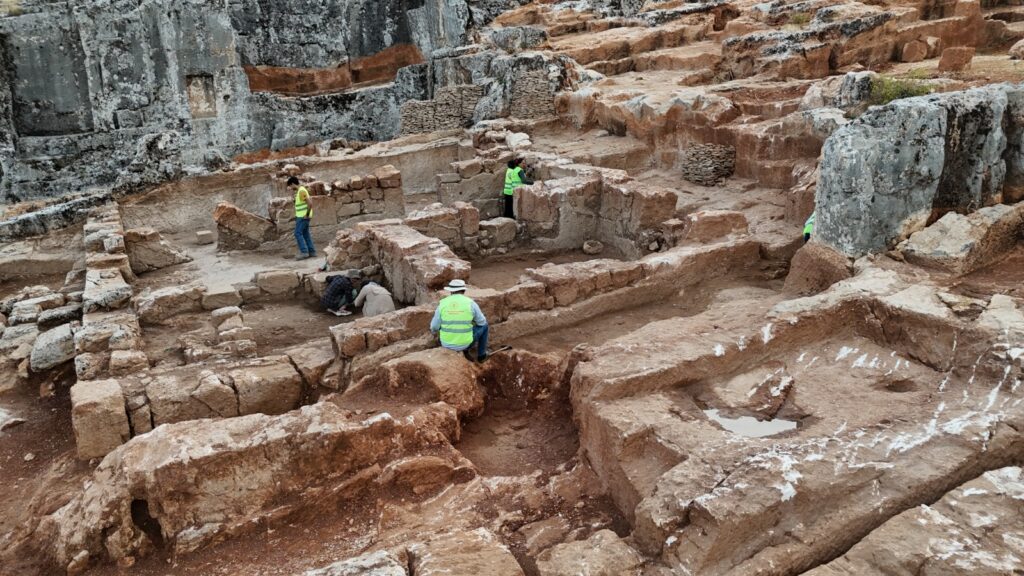
According to Provincial Culture and Tourism Director Mehmet Yelken, the architecture and objects retrieved so far paint a cohesive picture of late Roman household routines.
“Coins, bronze items, and everyday utensils clearly indicate continuous use,” he noted. “The tandır is especially important—it signals food preparation and a living rhythm typical of a settled residential quarter.”
A city shaped by movement — and still delivering archaeological depth
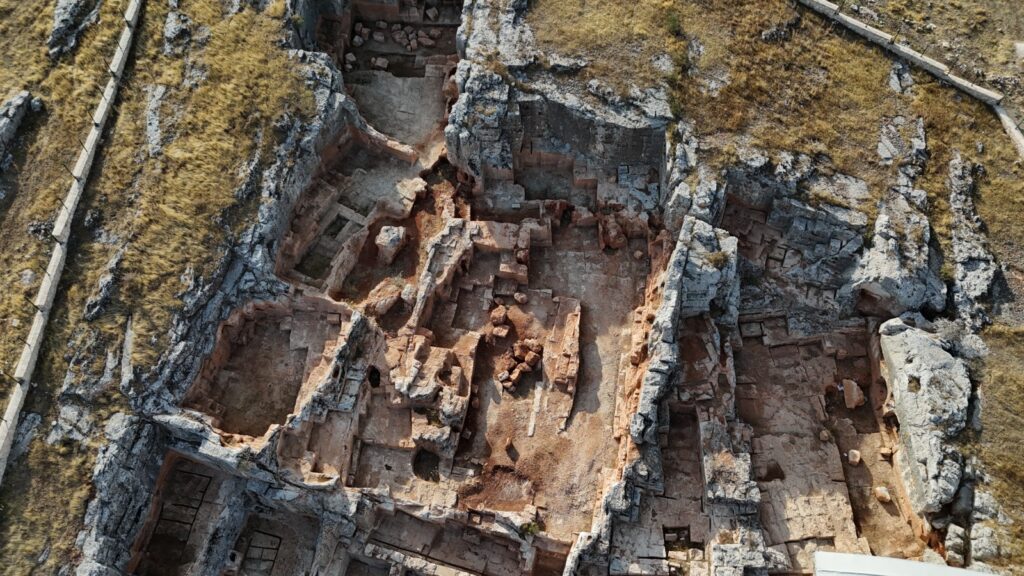
Perre’s historical role as a junction on key ancient routes continues to influence what emerges from the soil. Its position between commercial and military corridors once made it a hub for travelers and detachments moving across Commagene. That strategic geography is reflected in the variety of materials uncovered throughout the site.
📣 Our WhatsApp channel is now LIVE! Stay up-to-date with the latest news and updates, just click here to follow us on WhatsApp and never miss a thing!!
The newly exposed dwelling joins earlier discoveries such as Roman water systems, stone-built structures, and architectural fragments that map the city’s evolving urban layout. With each season, Perre is presenting a clearer picture of how life was organized at the intersection of frontier politics, regional trade, and local traditions.
You may also like
- A 1700-year-old statue of Pan unearthed during the excavations at Polyeuktos in İstanbul
- The granary was found in the ancient city of Sebaste, founded by the first Roman emperor Augustus
- Donalar Kale Kapı Rock Tomb or Donalar Rock Tomb
- Theater emerges as works continue in ancient city of Perinthos
- Urartian King Argishti’s bronze shield revealed the name of an unknown country
- The religious center of Lycia, the ancient city of Letoon
- Who were the Luwians?
- A new study brings a fresh perspective on the Anatolian origin of the Indo-European languages
- Perhaps the oldest thermal treatment center in the world, which has been in continuous use for 2000 years -Basilica Therma Roman Bath or King’s Daughter-
- The largest synagogue of the ancient world, located in the ancient city of Sardis, is being restored



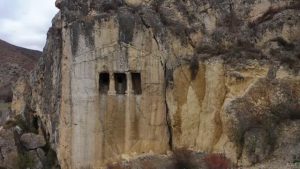

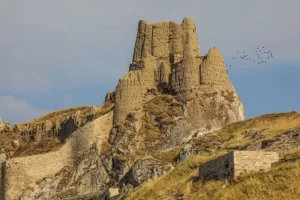
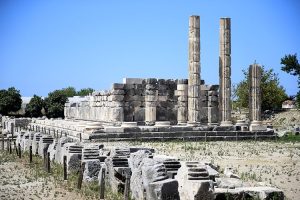



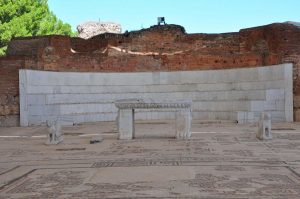
Leave a Reply